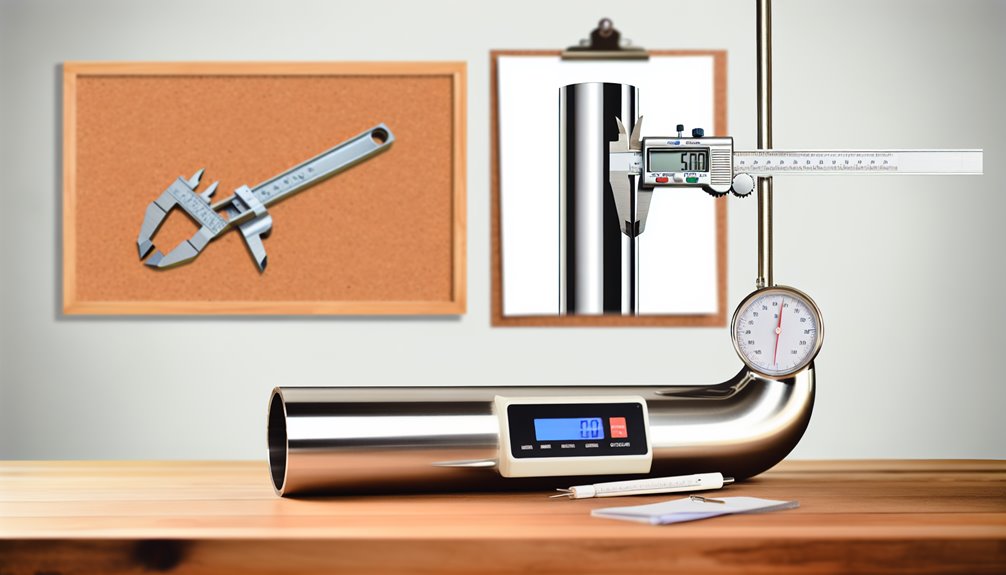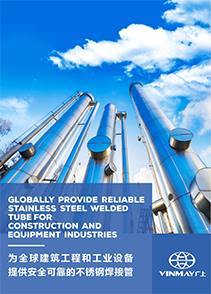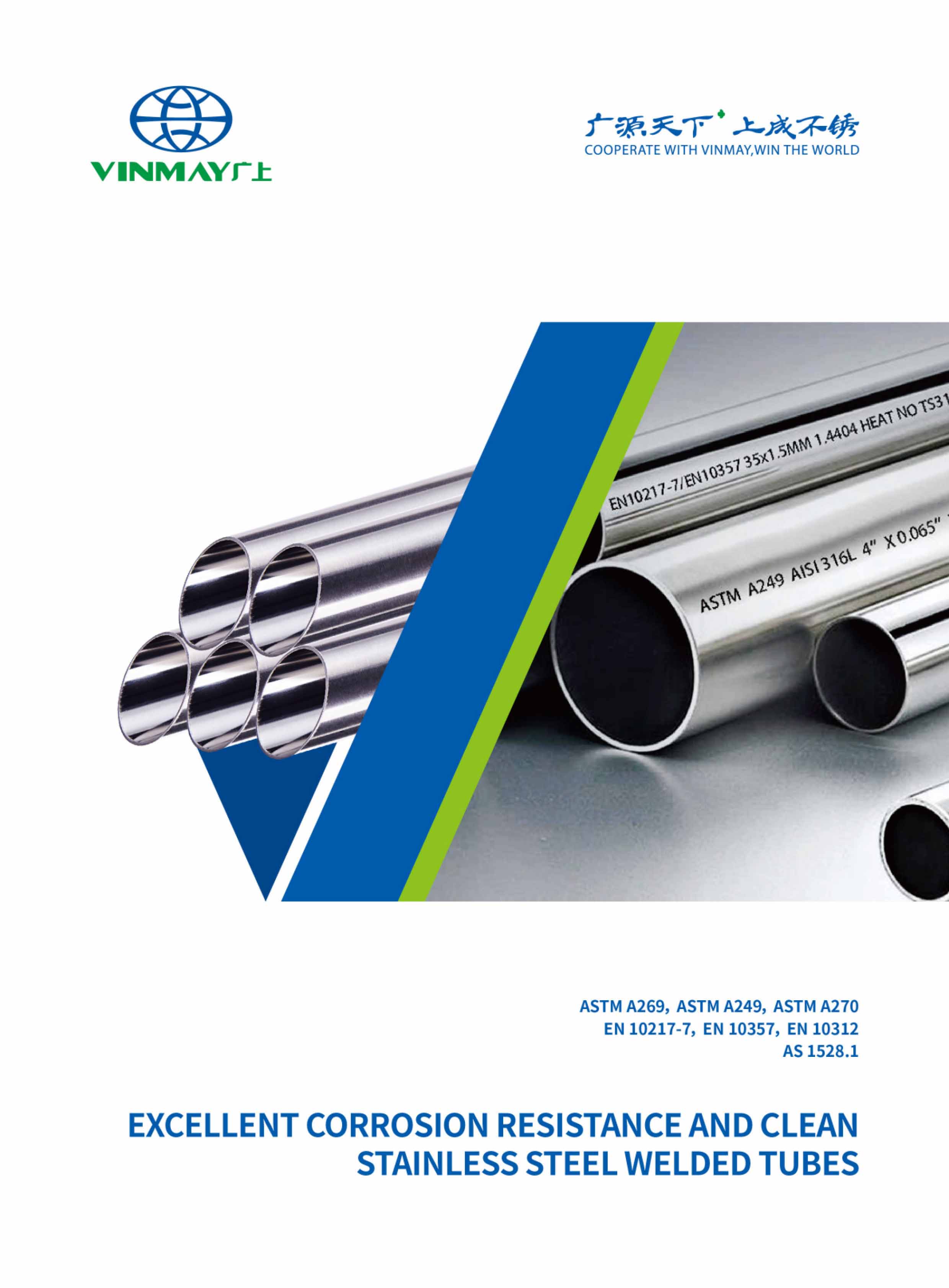When working with stainless steel pipes—whether for construction, manufacturing, or industrial applications—knowing their exact weight isn’t just a matter of curiosity; it’s a necessity. Accurate pipe weight calculations help engineers design safer structures, enable buyers to estimate costs more precisely, and assist suppliers in planning shipping and handling logistics.
In this guide, we’ll walk you through how to calculate stainless steel pipe weight in the simplest way possible. Whether you’re a seasoned industry professional or someone handling pipes for the first time, this straightforward method will give you the confidence to get accurate results every time.
By the end, you’ll understand the basic formula, the key measurements you need, and even how to avoid common mistakes that lead to costly errors. Let’s dive in and make stainless steel pipe weight calculation easier than ever.

In the stainless steel pipe industry, weight isn’t just a number—it’s a critical factor that affects cost, safety, and performance. Whether you’re in construction, oil and gas, shipbuilding, or manufacturing, knowing the precise weight of a stainless steel pipe ensures you make informed decisions from procurement to installation.
Here are the main reasons it matters:
In short, calculating stainless steel pipe weight is not just about numbers—it’s about ensuring efficiency, safety, and reliability throughout your entire operation.
Before diving into the formula, it’s important to understand what actually determines the weight of a stainless steel pipe. Several factors come into play, and knowing them helps you calculate more accurately and avoid costly miscalculations.
Not all stainless steels are created equal. Different grades—such as 304, 316, or 321—have slightly different densities. The standard density value for stainless steel is around 7.5 to 8g/cm³ (or 7500 to 8000 kg/m³), but checking the exact density for your pipe’s grade will give you more precise results.
Seamless and welded pipes may have the same dimensions but can differ slightly in weight due to manufacturing variations and tolerances.
If the pipe includes flanges, bends, or welded attachments, these will add extra weight that needs to be included in calculations.
By taking all these factors into account, you’ll be ready to apply the weight calculation formula with confidence—and get results you can trust.

Once the necessary measurements are in hand, the process of calculating the stainless steel pipe's weight can proceed with precision.
The weight of a pipe is determined using weight formulas that incorporate both the pipe's dimensions and the material's specific density. The formula generally takes the form:
Weight (kg)=Volume (m³)×Density (kg/m³)
Here, the pipe's volume is derived from its length and cross-sectional area. For a hollow cylinder, such as a pipe, the volume is calculated using the outer diameter, inner diameter, and length.
Volume=π/4×(OD²−ID²)×L
The material density, specific to stainless steel, is usually given in kilograms per cubic meter (kg/m³). By inputting these values into the formula, one achieves a precise calculation of the pipe's weight, ensuring accurate assessment and planning.
Note: If you know the wall thickness (WT), you can find the inner diameter: ID=OD−2×WT
While the formula might look a bit technical at first glance, breaking it down into steps makes it easy for anyone to follow. Here’s how you can do it:
Use a caliper or a measuring tape to find the pipe’s outer diameter. Record the measurement in meters for formula accuracy.
This is the thickness of the pipe wall. You can measure it with a caliper. If the inner diameter (ID) is already known, you can skip this step and use that value directly.
Measure the pipe’s total length in meters. Even small differences in length will affect the final weight, so be precise.
If you only have OD and WT: ID=OD−2×WT
Apply the hollow cylinder volume formula: Volume=π/4×(OD²−ID²)×L
Multiply the volume (in m³) by 7850 kg/m³ (or the exact density of your pipe’s grade).
Make sure all your measurements are in meters before calculating—mixing units is one of the most common mistakes.

Even a simple calculation can go wrong if you overlook small details. Inaccurate pipe weight data can lead to costly errors in purchasing, shipping, or engineering. Here are the most common pitfalls—and how to avoid them:
Switching between millimeters, centimeters, inches, and meters without converting correctly is a sure way to get the wrong result. Always stick to one unit system throughout your calculation.
The Outer Diameter (OD) is not the same as the Inner Diameter (ID). Using one in place of the other will throw off your volume calculation entirely.
Different stainless steel grades (e.g., 304, 316, 321) have slightly different densities. If you use a generic density, your result might be close, but not precise—especially for large orders.
Manufacturing tolerances can cause slight differences in wall thickness. For critical projects, measure each batch instead of relying solely on nominal specifications.
Bends, flanges, and welded fittings can add significant extra weight, which needs to be included in your total estimate.
Quick Check: Before finalizing any weight calculation, review your measurements, ensure consistent units, and confirm the correct density for the specific stainless steel grade.
Accuracy in stainless steel pipe weight calculations hinges on material density and pipe dimensions. Like a finely tuned instrument, precision in these factors guarantees reliable results, empowering users to exercise control over their project specifications and costs.
Yes, there are numerous pipe weight calculation tools available that automate the process. These tools guarantee precision by considering material properties, dimensions, and density, consequently providing reliable results for professionals seeking enhanced accuracy and control in weight assessments.
Thermal expansion in stainless steel can cause up to a 0.1% increase in volume for every 100°C rise, leading to negligible weight variation. Precise calculations guarantee accurate assessments, maintaining control over engineering and construction projects.
Pipe coatings, such as pipe insulation, can indeed alter the overall weight measurement of stainless steel pipes. The added material increases the total mass, affecting calculations that require precise weight data for engineering and installation purposes.
In construction, pipe weight directly impacts load-bearing capacity; an underestimated weight by just 10% can lead to structural failures. Material selection is critical, ensuring efficiency and safety, preserving the integrity of the entire project.
Knowing how to calculate stainless steel pipe weight is a skill that pays off in every stage of a project—from budgeting and design to shipping and installation. By understanding the key factors, applying the correct formula, and double-checking your results, you can ensure accuracy, efficiency, and compliance with industry standards.
Whether you calculate manually, use an online tool, or refer to a pipe weight chart, the goal is the same: reliable numbers you can trust. Inaccurate weight data can lead to cost overruns, logistical headaches, or even safety hazards—so getting it right is non-negotiable.
At Vinmay, we specialize in manufacturing high-quality stainless steel pipes and providing technical support to help you choose the right products for your needs. If you need precise weight charts, custom calculations, or expert advice, our team is ready to assist you.
Contact Vinmay today and let us help you achieve accuracy and efficiency in every project.



